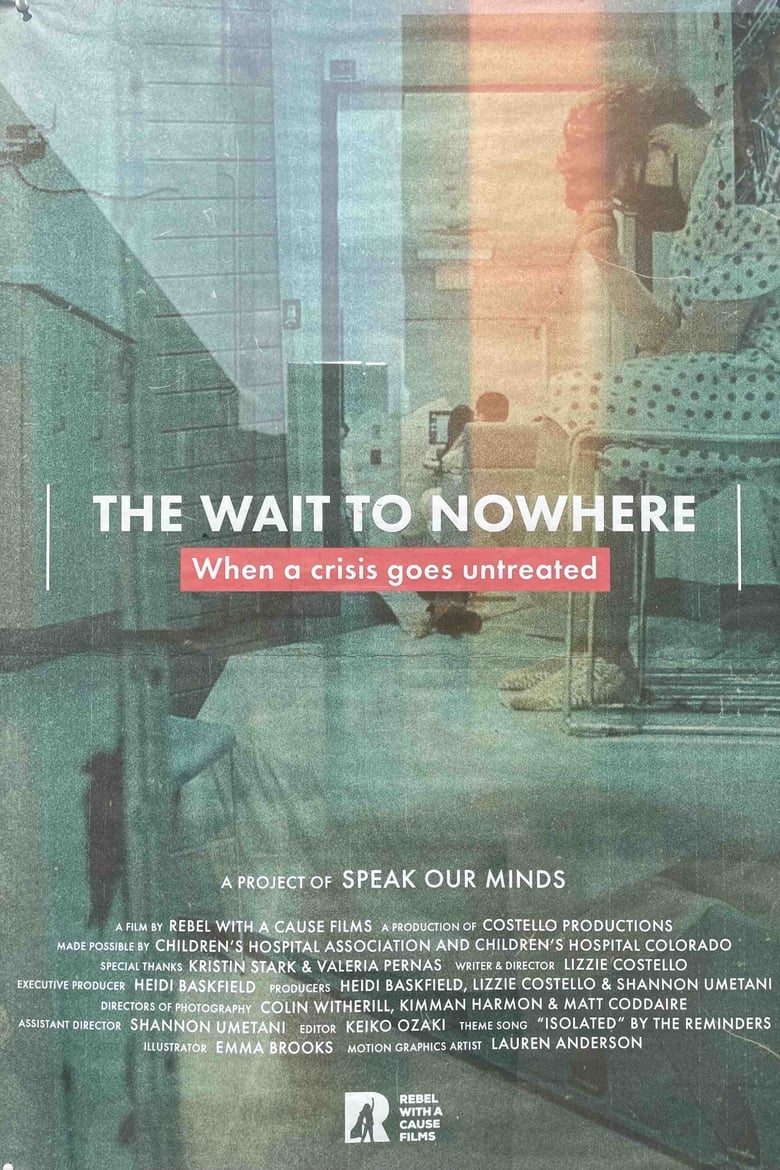A really powerful, emotional investigation into issues plaguing the pediatric mental health system: specifically, the lack of a robust pediatric mental health system in this county. Saw it with a panel discussion from the filmmaker and local mental health providers—it’s also been screened for multiple health care organizations and government officials, and it needs to be seen by more.
The filmmakers sat down with the parents of pediatric psych ED patients, as well as adult former patients, hospital staff and administrators, and a bipartisan pair of lawmakers. The key message: an underdeveloped system forces children who need intense psychiatric support to languish in ERs around the country, waiting for placement in what may only be a few long term treatment beds in an entire state. It’s a terrible system, and everyone involved realizes it, but are hampered by severely access to long term psychiatric care of any sort, let alone for children.
It’s rare for a doc about the failures of the medical system to feature so many figures from within prominent hospital systems stating so openly that they know how clearly they’re failing their patients—it clearly frustrates and bothers these provides, staff and administrators that they’re unable to provide the care they know will help, but can’t send patients anywhere else to get it. It’s effective evidence of how bad the problem has become.
The film presents compelling patient and parent experiences on how ER boarding of children with psychiatric illness not only doesn’t help, but worsens problems, and how it stands in stark contrast to the ways the health care system is resourced to address medical needs (as a adult neurologist, I can say with confidence that the system is not always great at that either, but the point the film makes is strong nonetheless). While clear answers are not easy to come by, the filmmakers bring out some voices that are working to improve the system, while making a strong case for the necessity of greater public attention and advocacy.
There is considerably more to investigate here, including the roots of the problem, the factors that have increased it over time, and the reasons as to which states fail to provide services that existing law requires, not to mention more in-depth analysis of possible solutions.
